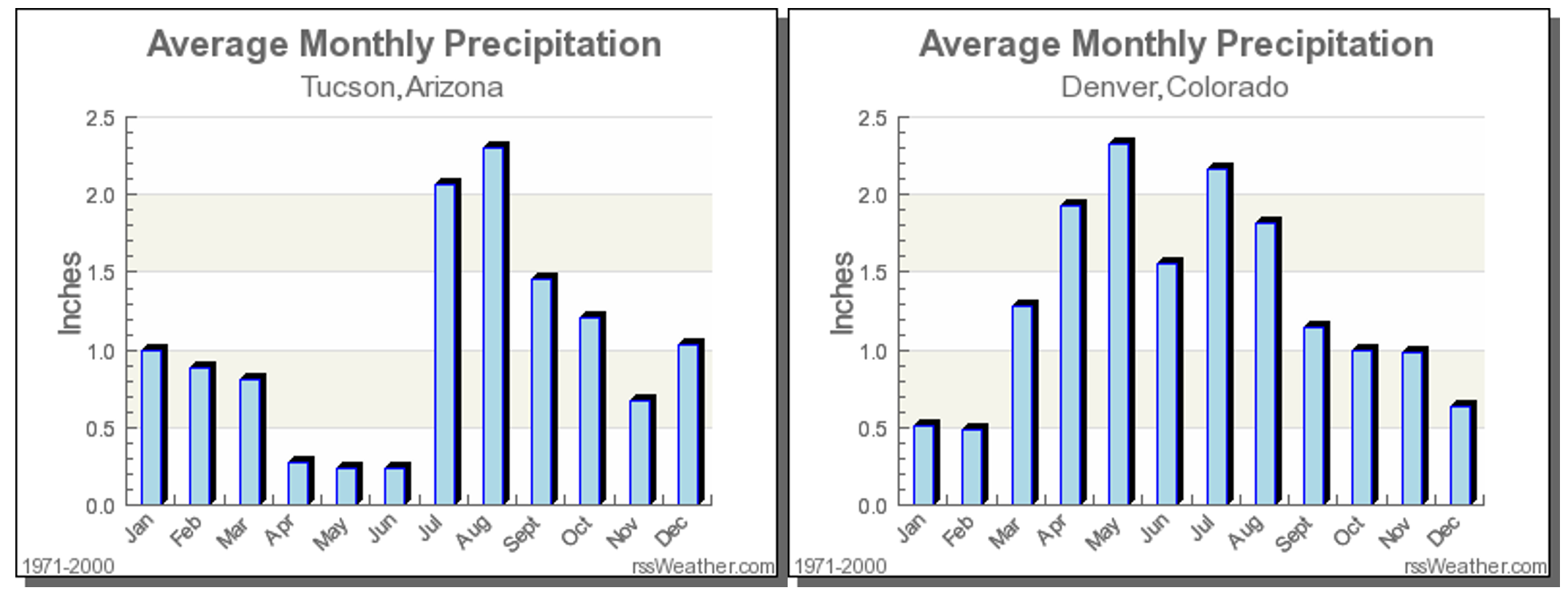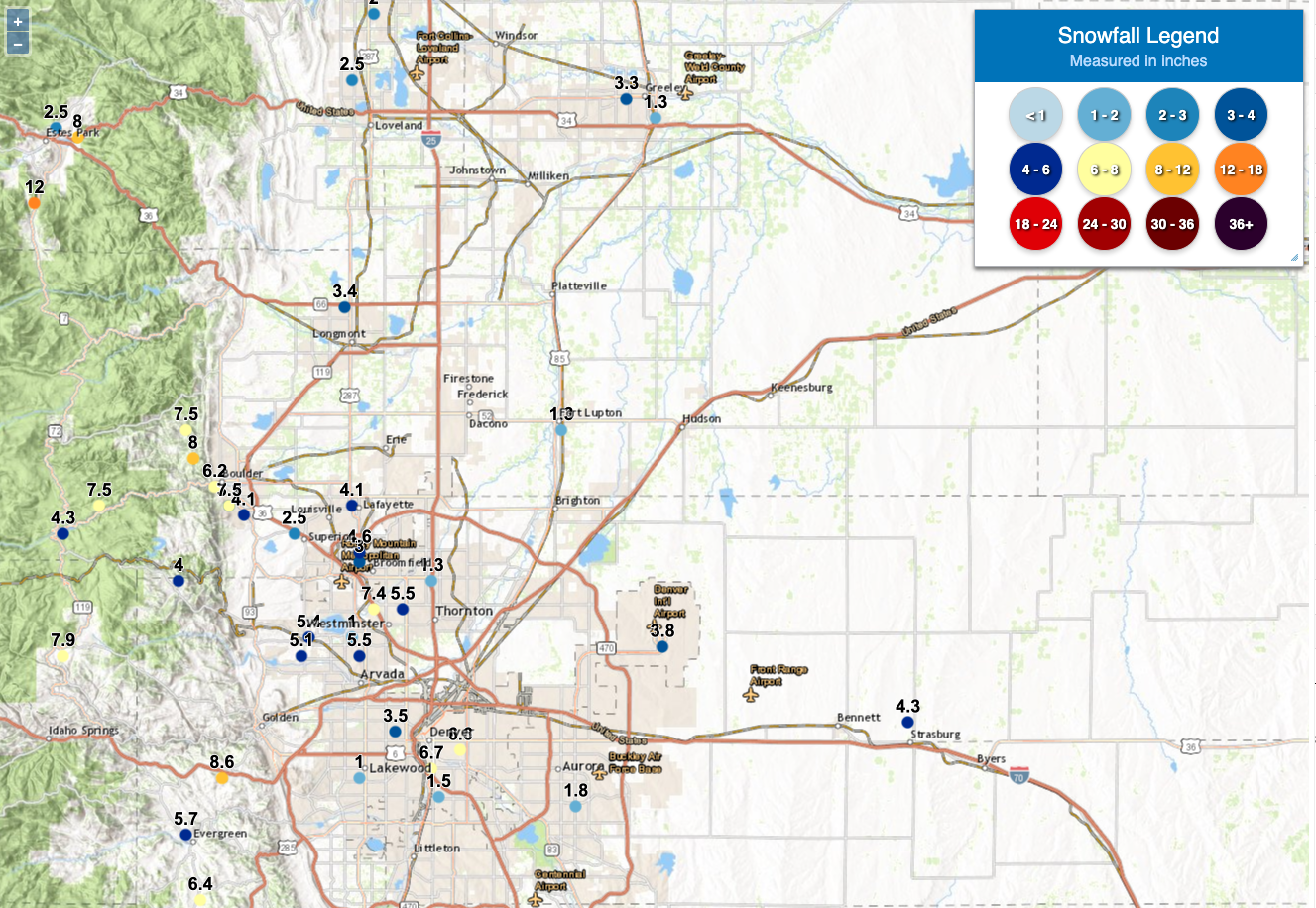

These regional anomalies are then averaged together in proportion to their area to develop national results. Anomalies for the contiguous 48 states and Alaska have been determined by calculating average precipitation anomalies for areas within each state based on station density and topography. At each weather station, annual precipitation anomalies were calculated from total annual precipitation in inches. This indicator shows annual anomalies, or differences, compared with the average precipitation from 1901 to 2000. In this study, a new gridded dataset of daily precipitation, called Rainfall Estimates on a Gridded Network (REGEN) V12019, was used to perform an assessment of the climatic changes in precipitation at each global land location (except Antarctica). This indicator starts at 1901 except for the detailed map of Alaska, where reliable statewide records are available back to 1925. and global precipitation patterns, based on rainfall and snowfall measurements from land-based weather stations worldwide. In addition, higher temperatures lead to more evaporation, so increased precipitation will not necessarily increase the amount of water available for drinking, irrigation, and industry (see the Drought indicator). By shifting the wind patterns and ocean currents that drive the world’s climate system, climate change will also cause some areas to experience decreased precipitation. Just as precipitation patterns vary across the world, however, so do the precipitation effects of climate change. Therefore, a warming climate is expected to increase precipitation in many areas. and Global Temperature indicator), more evaporation occurs, which, in turn, increases overall precipitation. Changes in precipitation can disrupt a wide range of natural processes, particularly if these changes occur more quickly than plant and animal species can adapt.Īs average temperatures at the Earth’s surface rise (see the U.S. In the thrall of a 22-year megadrought, the record snowpack that built up in southwestern Colorado was a welcome break in a string of dry winters. They also influence river flooding and can determine what types of animals and plants (including crops) can survive in a particular place. Rainfall, snowfall, and the timing of snowmelt can all affect the amount of surface water and groundwater available for drinking, irrigation, and industry.

Precipitation can have wide-ranging effects on human well-being and ecosystems.


 0 kommentar(er)
0 kommentar(er)
